UPDATED: August 21, 2019
If you’re an entrepreneur and would like to build a tribe of potential buyers, then starting a Facebook group needs to be on your radar.
Especially, if you’re looking for ways to build your list, create a passive income stream and do it all on the cheap.
Got your interest yet?
If not, what if I told you that Facebook groups are one of the BEST ways to:
- Build a tribe of potential customers or clients
- Build relationships and true community
- Become the “go to” expert in your niche
- Get more traffic to your blog
- Grow your email list
- Launch new products or services
- Host training or webinars
- SELL YOUR PRODUCTS or SERVICES?
Would any of these make you want to start your own Facebook group?
I hope so!
If I’ve piqued your interest at all, keep reading. This post will show you exactly how to start your own Facebook group and get it working for your business.
Before you start, decide what your group will be used for.
Before starting a Facebook group, it’s vital that you decide WHY you’re creating it in the first place.
Some business owners make the mistake of creating a group that’s all about their business. They think it will be a place for people to find basic info like hours of operation and contact details.
This isn’t what a group should be used for (that’s what your Facebook page is for).
Generally speaking, when you start your Facebook group, it should be a place where your target market can come to discuss common issues, problems or concerns related to your industry or niche.
[click_to_tweet tweet=”Generally speaking, when you start your Facebook group, it should be a place where your target market can come to discuss common issues, problems or concerns related to your industry or niche.” quote=”Generally speaking, when you start your Facebook group, it should be a place where your target market can come to discuss common issues, problems or concerns related to your industry or niche.” theme=”style6″]Here are some examples of how business owners in different niches can utilize groups:
- A plumbing company: A DIY plumbing group where members can ask questions about their plumbing projects
- An author: A book club where members can discuss their favorite books
- A business coach: A group where entrepreneurs can discuss the challenges of building their business
- A PR company: A group where business owners can talk about how to get press mentions for their business
- A product-based company: A group where users can come to ask questions, get tutorials or get help with using your product
Remember, your goal isn’t simply to promote your business within your group. Your goal is to provide a forum for your target market to connect and discuss, and to come to see you as an expert in your field.
And don’t worry – You’ll be able to share links to your blog posts, promote your opt-in offers, and share your own insights, all of which will naturally lead to sales. More on this in a bit.
What Privacy Level Should I Choose for My Group?
It’s super simple to start and set up a Facebook group. However, you’ll need to decide right off the bat what level of privacy you want for your group. Facebook offers three levels of privacy: public, private and secret.
Here’s a brief overview of each, and why you may pick one over the others.
Public Group
Anyone can find your public group via Facebook Search, and anyone can see who is in your group. All posts and comments are public, meaning they’ll show up in people’s feeds and in Facebook Search.
People must join the group if they want to post or comment within the group.
A public group may be an option if you anticipate discussions that are not of a private nature, and if your main focus is on getting exposure. The main advantage to public groups is that your posts will show up in Search and in your members’ feeds, meaning your group is likely to grow much more quickly. However, be aware that large public groups are more often targeted by spammers, and can therefore be a lot of work to maintain.
Example of a public group. Anyone can view the posts, however only members can post or comment.
Closed Group
Anyone can find your group via Facebook Search, and anyone can see who is in your group.
However, only members can view, post or comment within the group.
While I can’t find any official stats, my guess is that the majority of groups on Facebook are closed. They give you the advantage of being found in Facebook Search, but all discussions are kept private within the group. This is usually the best option for business owners who want to create a safe place for customers or clients to ask questions or get support.
My Inner Circle is a closed group.
Secret Group
Secret groups won’t show up in Facebook Search, and no one will be able to see who is in it. In fact, you can’t even send a link to people who aren’t in the group…they’re THAT secret! In order to grow your group, you’ll need to add members yourself.
This may be a good option if you want to maintain a high level of privacy for your members (e.g., if the topic of your group is highly sensitive), or if you don’t want people requesting to join your group (e.g., if you want to have a membership group where you add current clients).
Still confused as to what type of group to start? Facebook has created this great chart that outlines the major differences between group types:
How To Create a Facebook Group
As already mentioned above, the best choice for most business owners is a closed group. This will give you the privacy your members likely want, while also allowing you to get found in Facebook Search.
Whichever group type you choose, the steps for setting it up are the same.
At the top of your screen, you’ll see a Create button that looks like this:
Clicking on this button will give you the option to create a new Page, ad, event, marketplace listing, fundraiser…or, you guessed it, group. Click the Group button to get started.
This page is simple enough. It asks you to name your group, add your first members (you have to add at least one member to get started), and choose your group type.
When naming your group, be sure to choose a name that’s descriptive, and that uses words people would search for if they were looking for your group.
For instance, if the purpose of your group is to help business owners with marketing, you might choose keywords like marketing, business, SEO, social media and entrepreneur. While you don’t want to just cram those keywords in your name, make sure you’re using one or two key terms in a natural way.
Once you’re done with this screen, click next and then choose an icon to go with your group. This is simply the little image that will be next to your group in your members’ sidebars.
That’s it! Your group is now live. But you still have a way to go until you should start adding members.
Some basics* you should take care of include:
- Choosing a group type: I’ll cover this in more detail below!
- Adding a group description: Succinctly describe your group’s purpose and who would find the group useful. Remember to use some keywords in your description as well.
- Linking your Facebook Page to your group
- Adding tags to your group: These are more keywords that will help people find your group in Facebook Search
- Creating a customized URL for your group: e.g., Instead of www.facebook.com/groups/225568582, you can choose something like www.facebook.com/your-business-name
- Adding a cover photo to the top of your group (You can create one for free using Canva)
*These can all be accessed by clicking on the …More button at the top of your group, then Edit Group Settings.
Deciding on Your Group Type
As mentioned above, one of the decisions you’ll need to make is what type of group you want. Facebook lets you choose from four different group-types, depending on what you’ll be using the group for.
To set your group type, click on the …More button in your group, then Edit Group Settings, then click on the Group Type icon. A screen like this will then pop up:
For most businesses, General will be the best choice. However, some business owners may also choose the Social Learning option – particularly if they want to use their group as a pseudo-learning management system (LMS) or online course.
A Social Learning group is similar to a general group, with one major distinction: you can organize your posts into “units” that your members – or students – can complete in a particular order (think of these as modules in an online course).
Setting Up Questions for Your Group
This is the final thing I would recommend doing before you start driving members to your group.
Facebook recently introduced a way for group admins to essentially “screen” new members, by allowing them to ask new members up to three questions.
Setting up these questions is a great way to reduce the number of spammers who join your group, and to ensure that everyone who joins is a good fit for your group.
To set up your three questions, click on the Moderate Group tab in the left sidebar of your group, then on Membership Questions.
From here, you can decide what questions you want to ask. Some ideas might be:
- Briefly explain why you would like to join this group
- Do you agree to read the group rules after joining?
- What is the biggest question you have right now about x (something in your niche)?
You may even want to ask people to provide an email address if they’d like you to send a free guide or eBook…this is a GREAT way to start building your email list!
How to Get Members to Join Your Facebook Group
All the hard work you’ve done above is super important…but obviously, this all means nothing if you don’t have members to enjoy your group!
Attracting members and eliciting engagement will be your biggest job from here on out.
This section will give you practical tips for finding new members and creating a group environment that will organically attract new members.
1. Add Some Content BEFORE You Add Members.
When you add new members, you want to make sure there’s already a solid base of content there for them to enjoy.
Some suggestions for your initial content can include:
- A welcome post explaining what the group is about, and asking new members to introduce themselves
- A group post offering tips or insights into a common problem your members are likely to face
- A link to a blog post on your site
You may also want to entice a few friends to help you get some discussion started. Encourage them to ask some questions in the group that you can answer.
2. Promote Your Group on Your Website and to Your Email List.
Where appropriate, link to your Facebook group within your blog posts and email newsletters. You may also want to promote your group via a new blog post, or in your blog’s sidebar.
Fortunately, Facebook has made it super easy to promote your group on your website or in an email, with their group plugin.
I’ve included step-by-step instructions for how to set this up in #6 of my post, 10 Quick and Easy Ways to Get More People in Your Facebook Group.
3. Promote Your Group to Your Facebook Fans and Other Social Media Followers.
If you already have a Facebook page, start by promoting your group to your fans. They’re the ones who are most likely to want to join, as they’ve already expressed an interest in connecting with you on Facebook.
Next, promote your group to your other social media followers. Let them know why they might want to join, and what they can expect from the group.
4. Link Your Facebook Page to Your New Group.
In addition to actually telling your Facebook fans about your group, you’ll definitely want to link your Page to your group. This gives your group added visibility, both through adding your group to your Page’s left sidebar, as well as adding a “Visit Group” button below your Page’s cover photo.
For detailed instructions on how to link your Page to your group, check out #2 in my post, 10 Quick and Easy Ways to Get More People in Your Facebook Group.
5. Continue to Add Helpful Content and to Facilitate Discussion
I have found this to be the key to growing a Facebook group. Promoting your group is important, but creating a safe, supportive and helpful community will help your group grow organically.
When members find your group useful, they’ll naturally want to add their friends, family or colleagues. And as this happens more and more, your group will naturally move up in the search results for keywords related to your group.
You may also find that Facebook does some promotion for you – as your group becomes more popular, Facebook may refer your group to Facebook users as part of their “group recommendations”. This can be a GREAT way to get a flood of people joining your group!
[click_to_tweet tweet=”You may also find that Facebook does some promotion for you – as your group becomes more popular, Facebook may refer your group to Facebook users as part of their “group recommendations”. This can be a GREAT way to get a flood of people joining your group!” quote=”You may also find that Facebook does some promotion for you – as your group becomes more popular, Facebook may refer your group to Facebook users as part of their “group recommendations”. This can be a GREAT way to get a flood of people joining your group!” theme=”style6″]How To Make Money From Your Facebook Group
This is what it’s all about right? When it comes down to it, everything you do online – your blog, your email newsletter, and of course your Facebook group – need to be contributing to your bottom line.
This final section will explore ways you can directly and indirectly earn money from your Facebook group.
1. Share Links to Your Blog Posts
Your blog posts all include a call to action (CTA), right? An enticement to take further action – like join your email list, request a quote or buy a product?
When your blog posts include a CTA, every time you promote those posts you increase your chances of growing your email list or making a sale.
2. Promote Your Lead Magnets
One of the best ways to get people to opt into your email list is to create amazing, free lead magnets (eBooks, guides, checklists, etc.). Regularly promote these offers in your group as a way of helping your members with common problems, while also building your list.
And of course, your list will likely be the #1 way you get new clients, customers, and sales!
3. Become a Trusted Expert
The more you share information, answer questions and help members with problems, the more they’ll come to trust and respect you.
Then, when it comes time for them to buy something or book a service, who will come to their mind first? YOU!
4. Create a Paid Membership Group
Paid membership groups or continuity programs can be a great way to offer one-on-one support to your customers or clients.
Whether your Facebook group is a part of a package (e.g., a bonus support system for current clients) or a standalone product (i.e., personalized support for a monthly fee), Facebook groups are an easy and effective way to provide this support.
5. Create an Online Course
Want to create super-valuable content for your members while also making more money? Many Facebook group owners find that creating an online course is a natural next step.
Create a course that answers questions frequently asked in the group, or that solves problems your members often struggle with.
Then when members need more in-depth help than what you can provide in your group, let them know how they can get that help via your course!
6. Sell Ad Space in Your Group
This one must be done very carefully, but can be effective in certain instances. As your group grows, you may find other business owners are eager to reach your audience.
Typically, this can be done by hosting giveaways within your group, promoting blog posts or lead magnets, or allowing “guest experts” to answer questions within your group.
Final Thoughts
I hope this post has opened your eyes to the value of Facebook groups for your business. When done right, they can be an extremely powerful tool for growing your business, gaining leads and making sales.
If you want to know more on the value and huge opportunity that Facebook groups brings, here is my post on my 9 Reasons Why Starting a Facebook Group Should Be Your Priority in 2019 and Beyond.
I’d like to know: Are you starting a Facebook group for your business? If so, how? Share below!
About Author
Kim Garst
Kim Garst is a renowned marketing strategist and speaker who is trailblazing the use of artificial intelligence in digital marketing. With over 30 years of experience as an online entrepreneur, Kim helps entrepreneurs grow their business and authority online by using AI technology. She is leading the way with proven AI frameworks that help entrepreneurs build authority in their space.
She is keynote speaker and an international best-selling author of Will The Real You Please Stand Up, Show Up, Be Authentic and Prosper in Social Media.
Named by Forbes as a Top 10 Social Media Power Influencer, Kim is well-known for her skill to simplify complex technology and make the use of AI understandable for business growth. Her relatable, actionable advice helps guide new entrepreneurs to harness the power of AI to succeed in digital marketing. Kim is leading the way in combining human and technological skills to create a new model for AI-powered marketing.

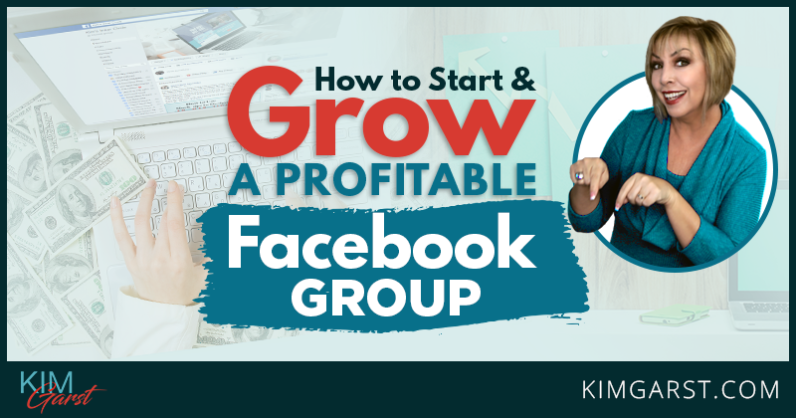
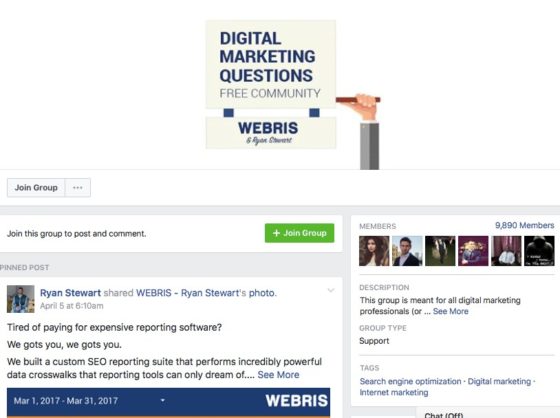
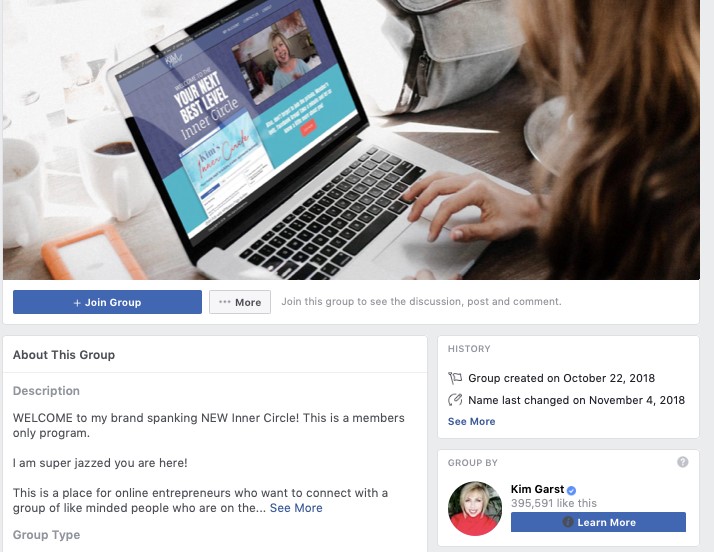
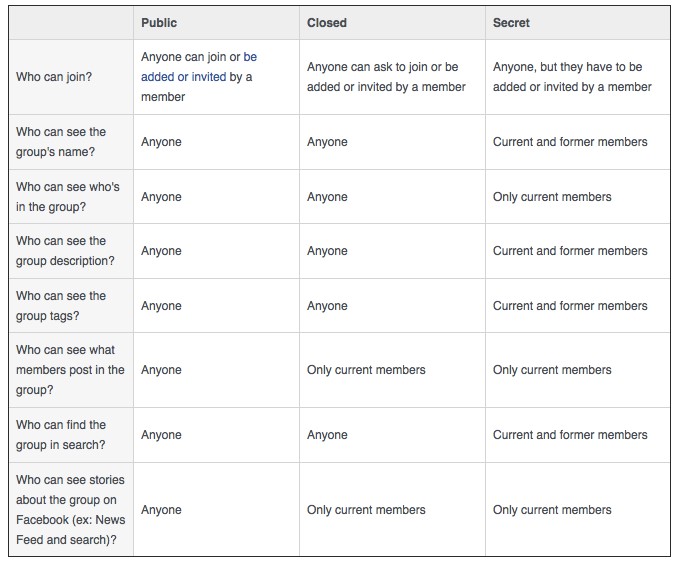
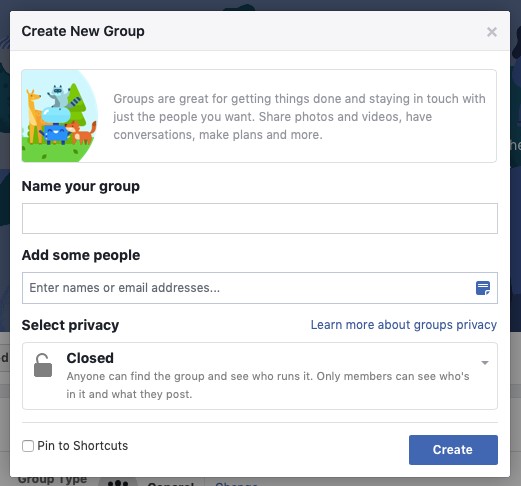

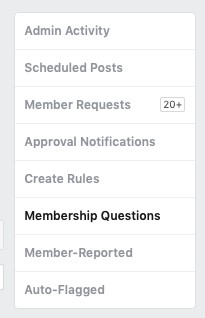

3 thoughts on “How to Start and Grow a Profitable Facebook Group”
Thanks KIm. Some interesting ideas.
Thanks for sharing.
This is awesome. Thanks